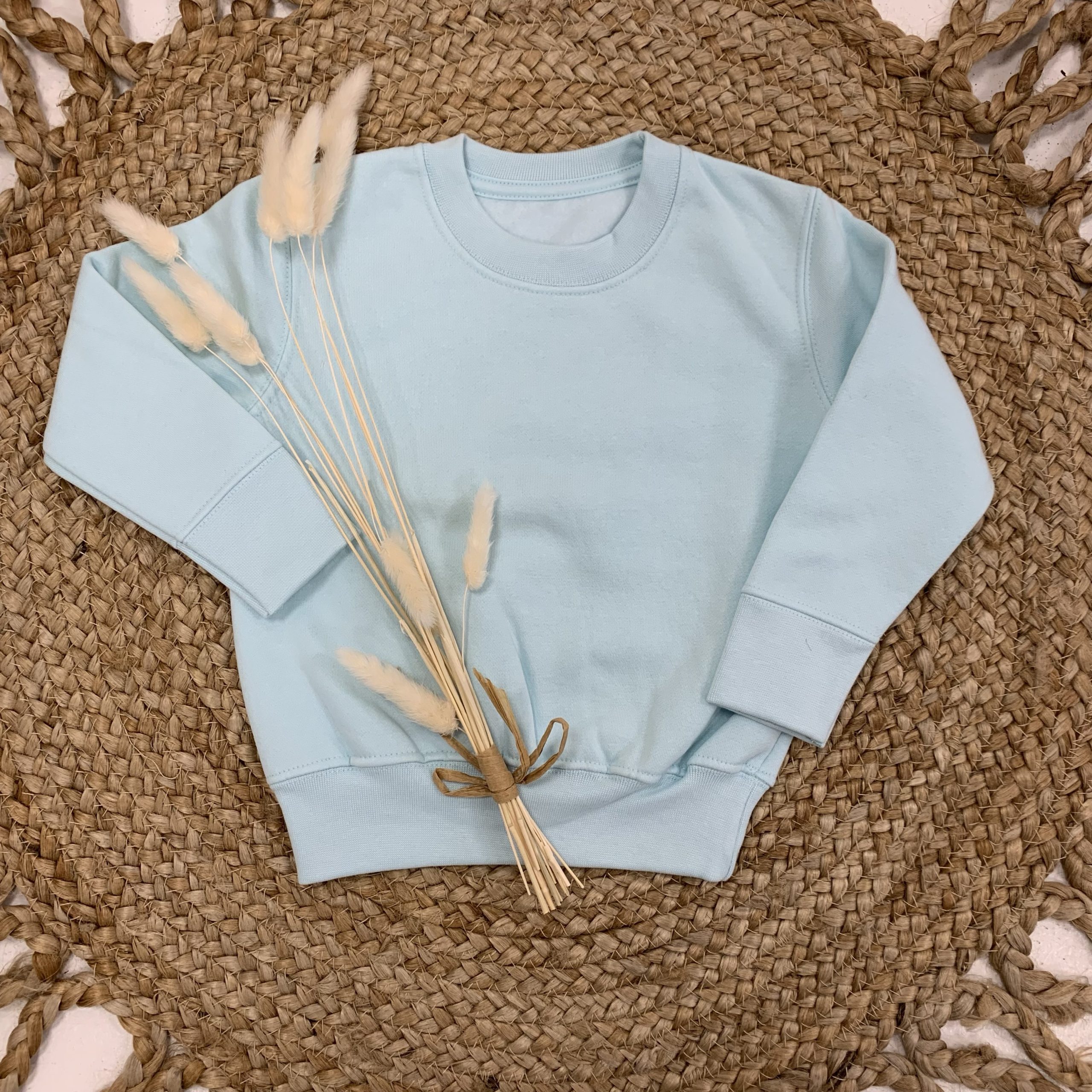Hellebore HGC Red - Gift Wrapped - 2 Litre Pot
Hellebores such as Bennotta, Early Red, Ice N Roses Red, Leona and Leila will happily grow and thrive well without requiring a great deal of maintenance if planted in the right spot. Even in planters, the charming winter flowerers don't require a great deal of work. When hellebores lay down leaves and flowers on the ground on frosty nights, they may appear frozen. It's a normal reaction of the plants to protect against the cold. When temperatures rise above freezing, the plant will straighten back up again. To avoid the occurrence of frost drought, water the Helleborus plants sufficiently during periods of mild weather.
We will select from choice of our most gorgeous red Hellebores, such as Bennotta, Early Red, Ice N Roses Red, Leona and Leila, all from German breeder, Heuger, for whom we are the official UK partner. The perfect wintry gift!
In the summer, you want to move the planter to a shady place and water it occasionally to prevent the plant from drying out.
Flowers
Removing dead flowers from hellebores during the flowering season is normally not necessary; the slightly pink or green tones the flowers take on as they fade actually extend the flowering season in winter. Remove the seed pods before they open, as offspring plants normally don't flower well and might suppress the original plants.
Leaves
The old and brown leaves of Christmas Roses and Snow Roses are best be removed in the spring and summer.
Feeding
Helleborus plants do not require any fertiliser in their first spring. Feed older plants from February onwards and apply a second dressing of fertiliser in midsummer, when the plants grow new roots and initiate flower buds for the next season. Organic fertilizers such as horn shavings and compost have proven to be the fertilizers of choice. If the plants suffer lime deficiency, soils can be improved by working in Dolomite lime or crushed eggshells.
The leaves that have fallen off nearby deciduous trees provide a layer of mulch in winter; simply leave them lying on the ground. They form a layer that activates soil life. Helleborus is very sensitive to root injuries. For this reason, the ground around it should not be dug.

















































